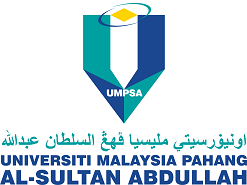Constructing a new cost structure using time-driven activity-based costing for replanting at palm oil plantation
DOI:
https://doi.org/10.15282/http://dx.doi.org/10.15282/ijets.7.1.2020.1006Keywords:
Palm oil plantation, time-driven activity-based costing, capacity cost rate, time equation, traditional cost accountingAbstract
The palm oil industry in Malaysia is undeniably the pride of the country. However, in this plantation there are currently few issues which do not set up a time equation to interpret the variance of activities, the rate setting did not illustrate the correlation between the resources provided and the practical capacity, and the manager had no tool in place to monitor the unused capacity. In order to increase precision in the field of palm oil plantation, this work aims to develop a new cost structure. Time-driven activity-based costing (TDABC) has been introduced because it allows time output to be efficiently assessed, the idle capacity accurately defined, and the unused capacity separately to be recorded. This provides an overview of functional tools and their associated costs as well as measurement methods and facilitates quality improvement. This work focused only on replanting field and the plantation located in Pahang. The maximum replanting capacity cost rate (CCR), with 288600 minutes and 0.106 RM / minute, was subsequently successfully developed. Finally, the manager can observe that 68358.45 minutes of utilized capacity could be used for the systematic development of replanting capacity planning.


